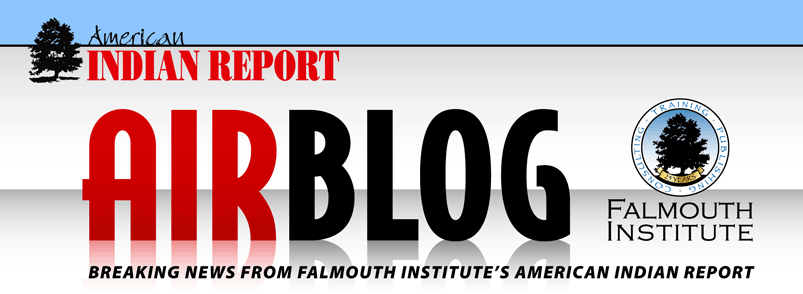The Justice Department's Office of Justice Programs (OJP) last week announced the availability of a new publication that offers promising practices and strategies for adults and juveniles who are transitioning from prison back into tribal communities.
The 55-page publication, titled Strategies for Creating Offender Reentry Programs in Indian Country, provides a historical overview, including a look at the challenges that tribes, states and the federal government face, like the growing population of incarcerated Native Americans; sub-standard conditions and a lack of programming and transitional services at Indian Country jails; a lack of formal relations between tribal and state criminal justice authorities; a lack of culturally relevant care or services and tribal involvement in planning the reentry of Native American offenders at federal prisons; and issues specific to incarcerated juveniles.
Strategies for Creating Offender Reentry Programs in Indian Country explores best practices for tribes and correctional facilities and practical steps for designing and developing reentry programs in tribal communities, such as community policing, which includes listening to community members about their needs and concerns on returning ex-offenders, and developing stand-alone reentry courts to monitor offenders’ progress.
The publication also lays out seven policy recommendations. Among them: conducting needs assessments to identify reentry programs and initiatives; researching incarceration facilities to gather information on the conditions of confinement and reintegration practices in each facility; developing model reintegration policies; developing culturally competent programming and training curricula; and conducting tribal planning sessions involving tribal, state and federal practitioners to design and implement reentry plans.
At the end of the publication, there are several case descriptions, highlights of successful reentry programs in Indian Country, including the Leech Lake-Cass Wellness Court
Strategies for Creating Offender Reentry Programs in Indian Country is available online at: www.ojp.usdoj.gov/ccdo/programs/reentry-indiancounty/.


 Three general session presentations will cover timely issues facing boards/councils today, including finance, human resources, the Health Care Reform Act and more.
Three general session presentations will cover timely issues facing boards/councils today, including finance, human resources, the Health Care Reform Act and more.